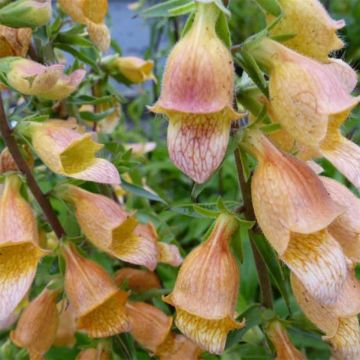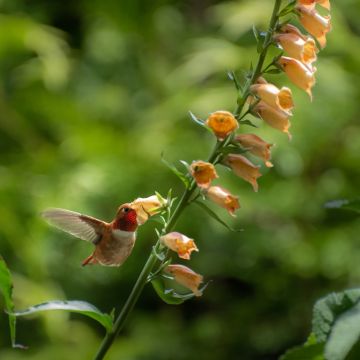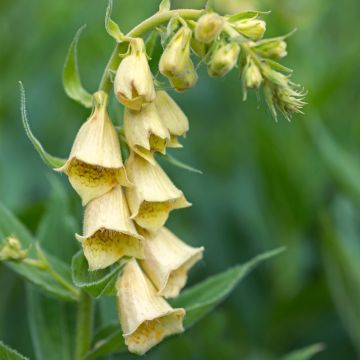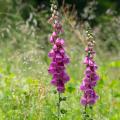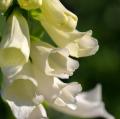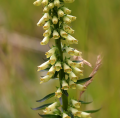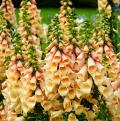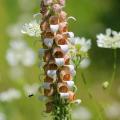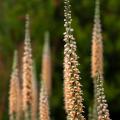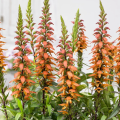Yellow Digitalis
Does this plant fit my garden? Set up your Plantfit profile →
Available in 1 sizes
Available in 2 sizes
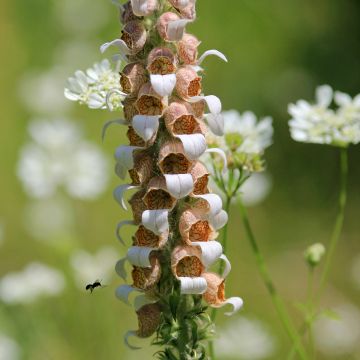
Available in 1 sizes
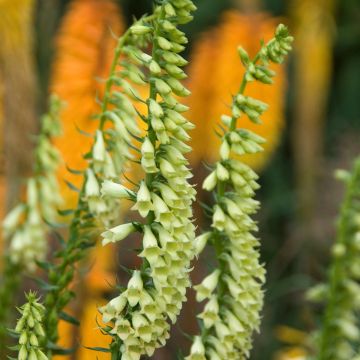
Available in 1 sizes
Available in 1 sizes
Available in 1 sizes
Available in 1 sizes
Our Yellow Foxgloves. These can be very different from the Common Foxglove, some varieties like the Large Yellow Foxglove or the Ambiguous Foxglove display bell-shaped flowers in yellow tones. The first one develops tall stems of light yellow flowers, while the second one is adorned with small yellow bells delicately veined with brown. The Yellow Foxglove, with its small and delicate flowers, is a sturdy species that doesn't lack elegance. Also discover the Fringed Yellow Foxglove and its pale yellow flowers delicately bordered with fine fringes. A wild, rare, and beautiful plant. Discover all our yellow foxgloves on these pages.
Growing Yellow Foxgloves is not difficult. These perennial or biennial plants thrive in mild sun or partial shade, in well-drained, slightly humus-bearing soil.
Haven't found what you were looking for?


































